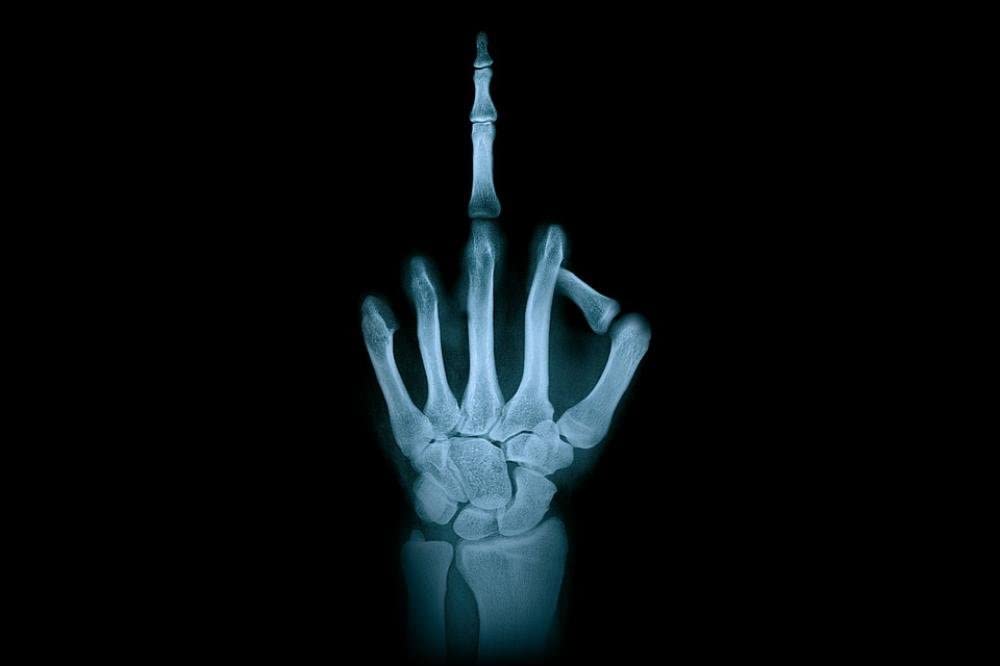Perivitellin-2 (PV2) is a pore-forming toxin present in the egg perivitelline fluid of apple snails
Perivitellin-2 (PV2) is a pore-forming toxin present in the egg perivitelline fluid of the apple snails Pomacea maculata (PmPV2) and Pomacea canaliculata (PcPV2). This protein, called perivitellin, is massively accumulated in the eggs (~20 % total protein). As a toxin PV2 protects eggs
Perivitellins are egg proteins found in the perivitelline fluid of many gastropods
Perivitellins are multifunctional complexes providing the developing embryo with nutrition, protection from the environment, and defense against predators. Despite the central role perivitellins play in reproduction and development, there is little information about their role in gastropod Mollusc
Scalarin carries and stabilizes carotenoid pigments
Scalarin (PsSC) is the most abundant perivitellin of the perivitelline fluid from Pomacea scalaris eggs. This glyco-lipo-caroteno protein is an approx. 380 kDa multimer combining multiple copies of six different 24-35 kDa subunits. As part of the petivitelline fluid, PsSC is probably playing
Pomacea maculata perivitellin-1 (PmPV1) is a glyco-lipo-caroteno protein
Pomacea maculata perivitellin-1 (PmPV1) is the most abundant perivitellin found in the perivitelline fluid from Pomacea maculata snail eggs. This glyco-lipo-caroteno protein is an approx. 294 kDa multimer of a combination of multiple copies of six different ~30 kDa subunits. PmPV1 account
Ovorubin
Ovorubin (PcOvo or PcPV1) is the most abundant perivitellin (>60 % total protein) of the perivitelline fluid from Pomacea canaliculata snail eggs. This glyco-lipo-caroteno protein complex is a approx. 300 kDa multimer of a combination of multiple copies of six different ~30 kDa subunits.
The membrane attack complex (MAC) or terminal complement complex (TCC) is a complex of proteins typically formed on the surface of pathogen cell membranes as a result of the activation of the host’s complement system, and as such is an effector of the immune system
From Wikipedia, the free encyclopedia See also: MACPF The membrane attack complex (MAC) or terminal complement complex (TCC) is a complex of proteins typically formed on the surface of pathogen cell membranes as a result of the activation of the host’s complement system, and as su
Effect of biotin deficiency on embryonic development in the domestic fowl (1944) with reference and cited by articles
The approximate biotin requirements of breeding hens have been established and the embryos examined for gross pathological symptoms and the approximate age at death are recorded. Cravens, W.W., W., & Sebesta, M.A. (1944). Effect of biotin deficiency on embryonic development in the domestic fowl.
Isoleucine, Tryptophol, Sleeping Sickness, The Disulfiram Effect and One Trick Hypnotists From Hell
Isoleucine (symbol Ile or I) is an α-amino acid that is used in the biosynthesis of proteins. It contains an α-amino group (which is in the protonated −NH+3 form under biological conditions), an α-carboxylic acid group (which is in the deprotonated −COO− form under biologica
Biotin
BIOTIN Biotin is involved in a wide range of metabolic processes in humans and in other organisms, primarily related to the utilization of fats, carbohydrates, and amino acids. The name biotin, borrowed from the German Biotin, derives from the Ancient Greek βίοτος (bíotos; ‘life’)
Avidin is a tetrameric biotin-binding protein produced in the oviducts of birds, reptiles, amphibians
Dimeric members of the avidin family are also found in some bacteria. In chicken egg white, avidin makes up approximately 0.05% of total protein (approximately 1800 μg per egg). The tetrameric protein contains four identical subunits (homotetramer), each of which can bind to&nbs



